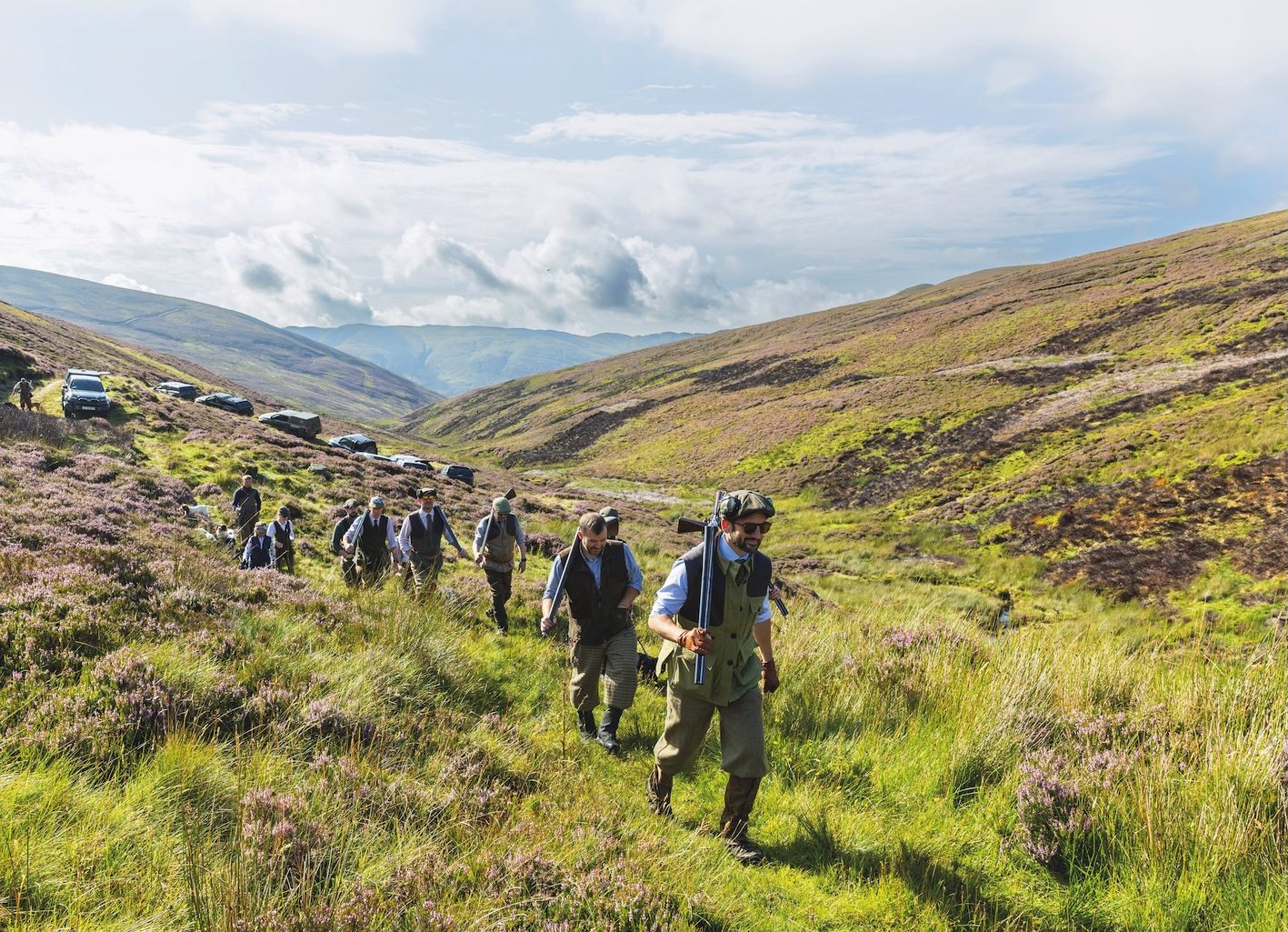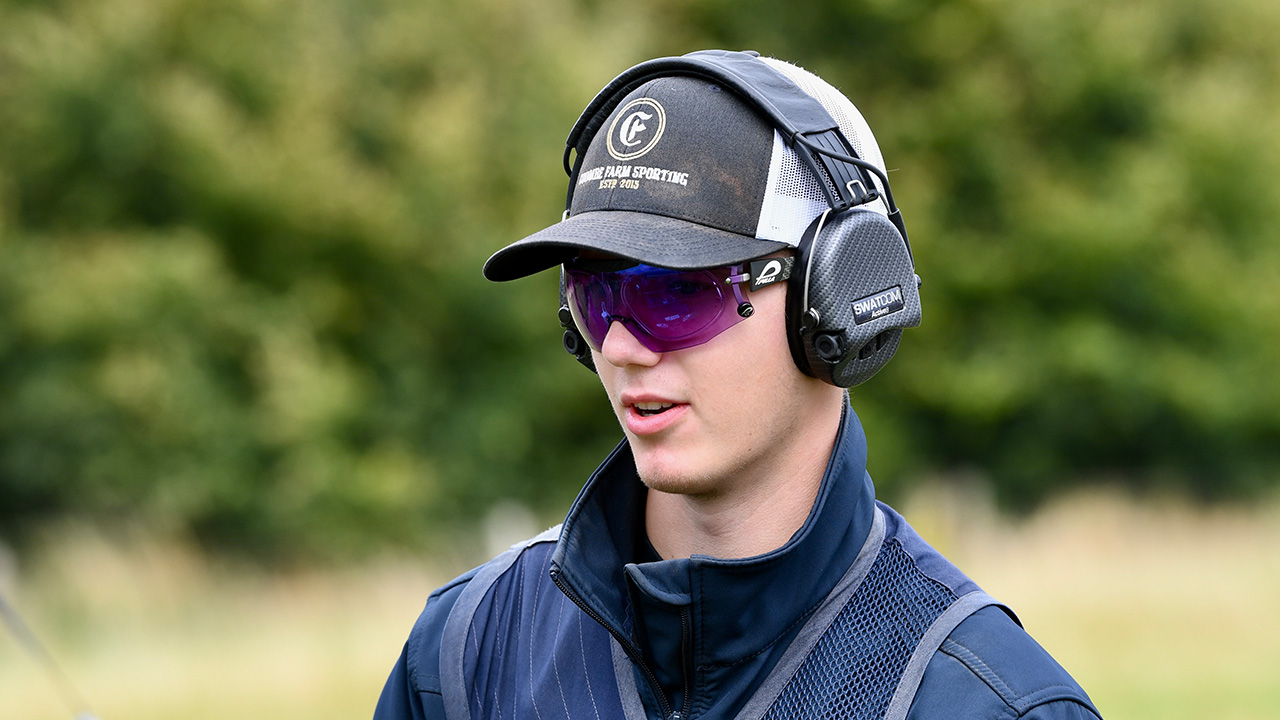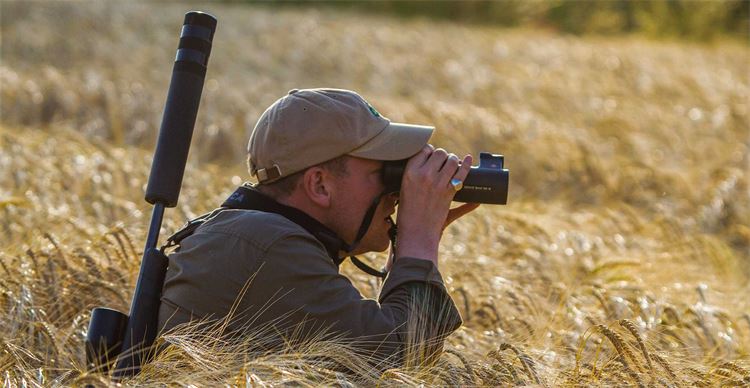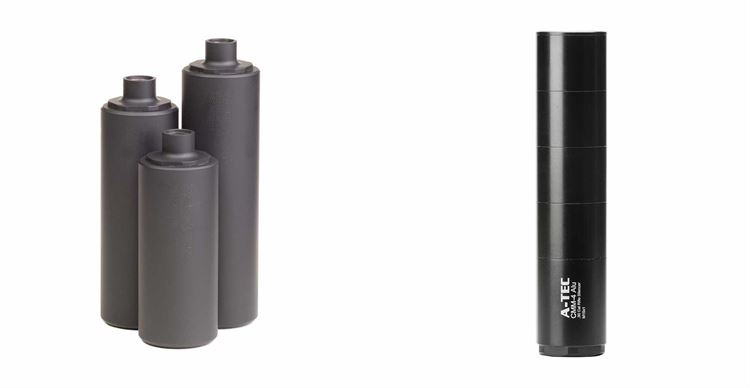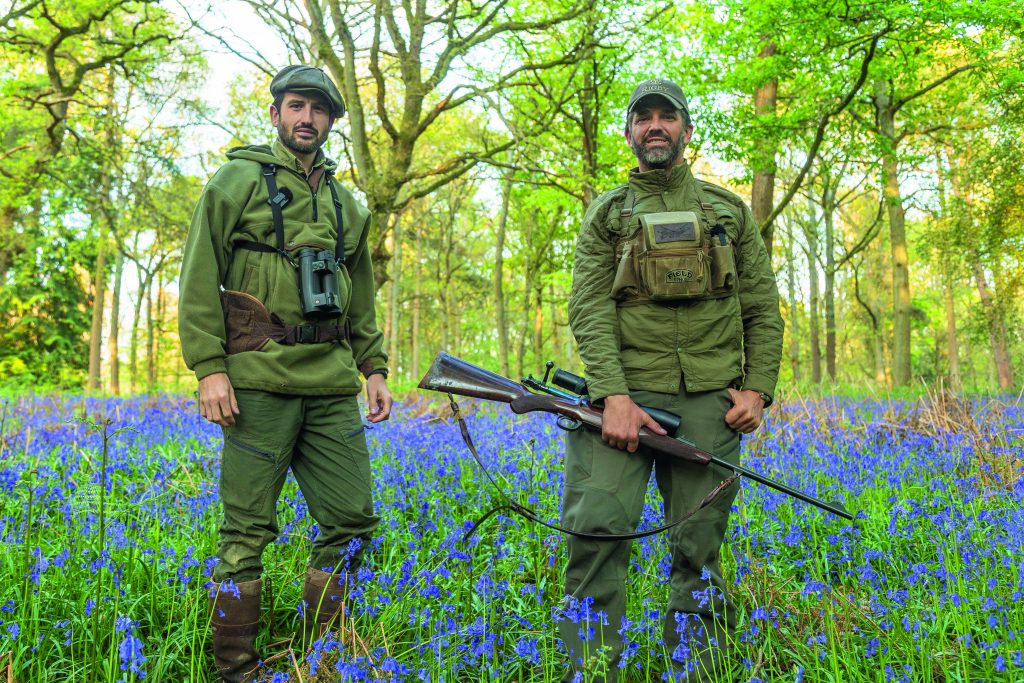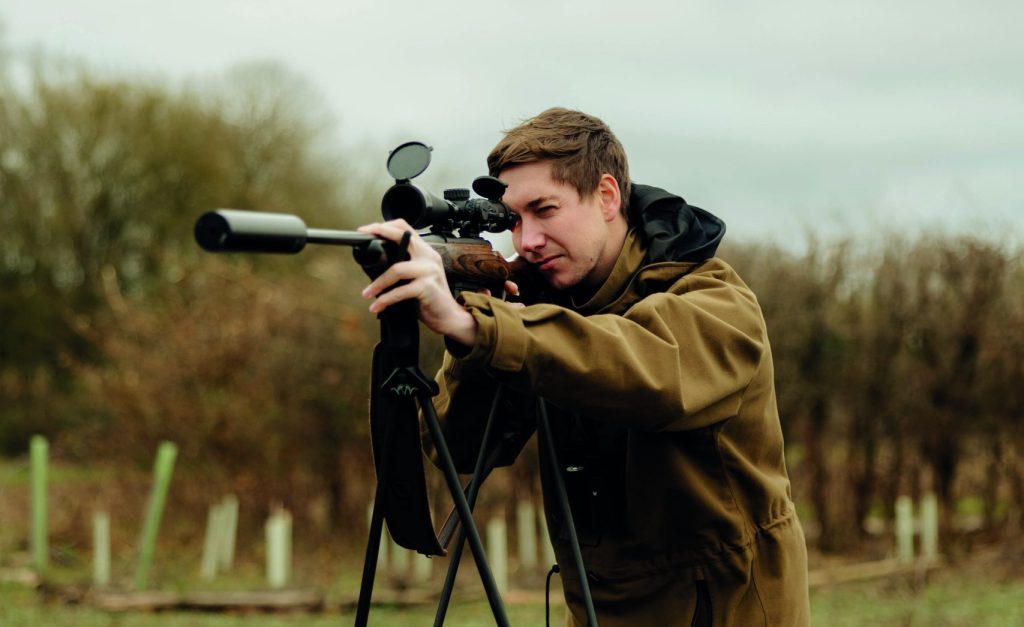Rifle moderators explained
Moderators are now commonplace on stalking rifles, and for good reason, too. But it is important to consider carefully which will best suit your rifle and the type of shooting you do.
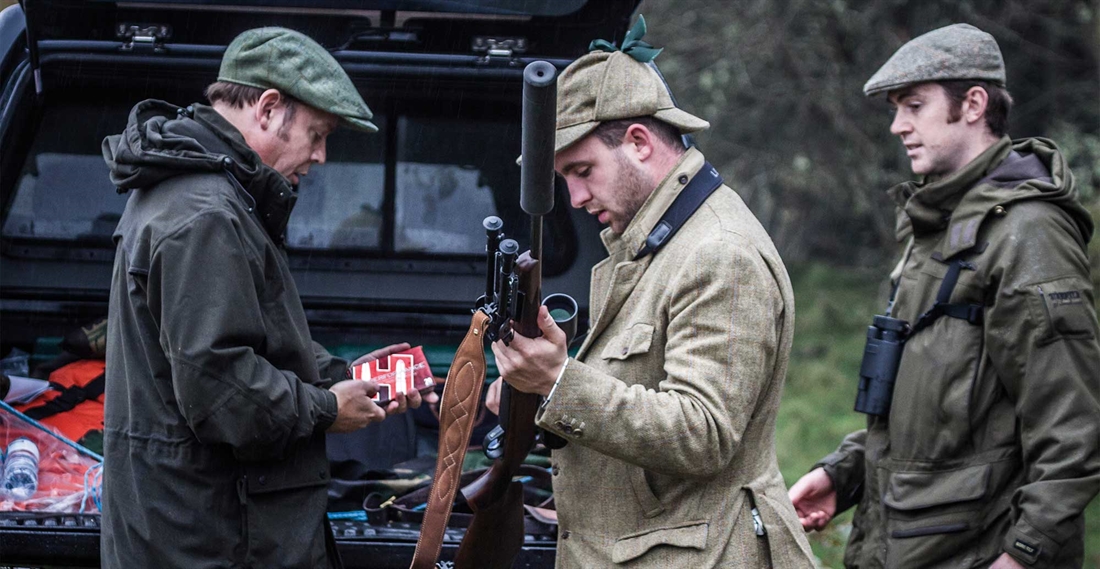
Twenty years ago it would have been unusual to see someone with a moderator on their rifle. Today it is more unusual to see someone without one on their pride and joy. Indeed, if you are stalking commercially, many estates and stalkers will not take you out without a moderator – health and safety being what it is, they are worried about being sued by an employee for hearing damage.
Protecting your hearing and that of those around you is one good reason for using a mod, but there are a number of others. Most rifles and rifle shooters shoot better with a mod than without one. The extra weight on the end of the barrel helps tame recoil and tightens up groups, particularly for those sensitive to recoil or inclined to flinch.
Often, when stalking fallow and after numbers, a moderator proves invaluable. The deer don’t seem to know where the shot is coming from, so I can shoot one on the far side of a field and, because they cannot locate the sound, others will mill around, allowing me to take several more – often four or five in a minute or so before they disappear. Without a mod they would be gone after the first shot. Let’s not forget that today we also have to share the countryside with so many others, and we draw less attention to ourselves by using a moderator.
How a rifle moderator works
A moderator works by slowing and cooling the gasses emitted from the muzzle behind the rifle bullet. It cannot affect the ‘crack’ of a supersonic bullet breaking the sound barrier, but it can dramatically reduce the sound of the cartridge detonating within the barrel. An un-moderated rifle shot is around 150 decibels (dB).
To put this into perspective, hearing damage starts to occur at 75dB and upwards, heavy city traffic is around 85dB, normal conversation is 60dB, and a fridge humming away in the corner is about 40dB. The decibel scale is exponential, so an increase of 5dB is significant. To learn more about how the scale works, look online – there are lots of websites which provide a detailed explanation. If you are on a range next to someone who is firing an un-moderated rifle, or worse still, a rifle with a muzzle-break, I recommend wearing ear plugs and ear muffs. Hearing damage happens very easily and it does not repair, ever.
Moderators come in various sizes, weights and materials. Some sit back over the barrel and others protrude 100 per cent from the muzzle. It’s worth choosing carefully the one which will best suit your rifle and the use you have in mind. If you are using the rifle mainly or solely for stalking and hunting, a lighter mod of aluminium construction is probably the way to go. If you will be shooting on a range as a competition or tactical shooter, a heavier steel construction will help reduce recoil and last longer with the long strings of shots you are going to be firing – the heavier the mod, the less affected it will be by heat. Of course, on a range you will not be carrying the rifle for long periods, unlike a stalker, so weight is not so much of an issue. Typically, you can expect a noise reduction of between 24 and 30dB from your suppressor.
Disassembly, storage and cleaning
Some moderators can be disassembled for cleaning, others have baffles that can be added or removed depending on use, and yet others can have the internals changed for use with a different calibre. Personally, I have never felt the need to take my moderator apart and clean the inside of it.
I like simple; the less that can go wrong, the better – on the grounds that if it can, one day it will, and with potentially disastrous consequences. Try squeezing a .30 cal bullet through a .25 hole with 30 tonnes per square inch of pressure behind it – the result is not going to be good.
Whichever sort you choose, never store your rifle with the moderator on it. Your moderator will retain highly corrosive gasses and storing your rifle with it on will eat away the rifling in a very short time. I know of one chap with a new rifle who had to have it re-barrelled within two years as a result of not storing his moderator separately.
Which type of rifle moderator?
If you have a rifle with open sights and wish to retain them, something like an ASE Utra SL5 would be a good choice. It protrudes entirely from the muzzle and only needs a small amount of barrel to thread, so a gunsmith could remove the foresight ramp, thread the barrel and replace the sight, and the appearance of the rifle would not be altered – you could shoot either with or without the unit in place. Remember that if you zero with a moderator on, and then choose to shoot without it, you will need to re-zero your rifle first.
You will need to ensure that when you buy a rifle and/or moderator, the threads on both match and that when you have your barrel threaded, if it is not already, it also matches your suppressor. A moderator should have a Birmingham or London proof mark on it and if you have any work done to your barrels, such as having them threaded, they will need to be re-proofed.
Today, moderators are available with only half the weight and bulk. The principles of leverage come into effect, so if you can save 300g at the end of your barrel, it is well worth it. Still using your ‘old faithful’ moderator? Try one of the newer, lighter ones – you will be amazed at the difference in the handling of the rifle.
Titanium moderators are available from specialist manufacturers but, now that the weight of other models has come down, I personally would not bother as they are much more expensive.
Other considerations
If you need to replace your moderator, you will need to get a ‘one for one’ variation to your firearms certificate (FAC). If you do not currently have a moderator at all, you will need to apply for a variation to your FAC to buy one. Make sure the thread on your muzzle and moderator are the same and get it threaded by a professional – it needs to be perfect.
On much of the Continent, moderators are illegal. Things are changing slowly, though. In some parts of Germany they are now legal, so check with your host or organiser before you go and, if necessary, re-zero your rifle without it. You will also need it on your European Firearms Passport.
Related Articles
Get the latest news delivered direct to your door
Subscribe to Fieldsports Journal
Elevate your experience in the field with a subscription to Fieldsports Journal, the premium publication for passionate country sports enthusiasts. This bi-monthly journal delivers unparalleled coverage of game shooting, fishing and big game across the UK and beyond.
Each issue offers a stunning collection of in-depth features, expert opinions and world-class photography, all presented in a timeless yet contemporary design.
Save 10% on shop price when you subscribe, with a choice of packages that work for you. Choose from Print & Digital or Digital only with each journal delivered directly to your door or via the app every other month, plus access to past issues with the digital back issue library.




